
4 Things Your Feet Could Be Telling You About Your Liver Health

Keeping your liver in good condition is crucial for maintaining overall health and wellness. The liver is responsible for over 500 essential functions in the body, including filtering toxins from the blood, aiding in digestion through bile production, regulating metabolism, and storing vital nutrients. It is also the largest internal organ in the human body, making it indispensable for survival.
Because of its central role, damage or disease affecting the liver can lead to noticeable symptoms throughout the body—even in places you might not expect. One surprising area that can reveal signs of liver trouble is your feet. Recognizing early symptoms that show up in your lower extremities could help you seek timely medical attention and avoid more serious complications.
Let’s explore four key signs your feet may be showing that indicate your liver could be in distress, and when it's time to see a doctor.
1. Swelling in the Legs, Ankles, and Feet
Unexplained swelling in your legs, ankles, or feet—known as peripheral edema—can be one of the earliest signs of liver dysfunction. Experts say this symptom is commonly associated with liver-related conditions such as hepatitis B, hepatitis C, cirrhosis, non-alcoholic fatty liver disease (NAFLD), and even liver cancer.
This swelling occurs when the liver’s ability to produce proteins like albumin is compromised. Without enough albumin in your bloodstream, fluid can begin to leak from blood vessels and accumulate in surrounding tissues—most often in your lower extremities due to gravity.
The Cleveland Clinic highlights that chronic hepatitis B and C are particularly serious, as they can silently progress to cirrhosis over time, significantly increasing the risk of liver cancer. It's essential to catch these conditions early.
Tip: If you notice persistent swelling that doesn’t improve with elevation or home remedies after a few days, schedule an appointment with your healthcare provider. Early intervention can make a significant difference.
2. Tingling or Numbness in the Feet
A tingling or "pins and needles" sensation in your feet—or outright numbness—may indicate nerve damage linked to chronic liver disease. This symptom is often due to peripheral neuropathy, a condition where the peripheral nerves (outside the brain and spinal cord) are damaged.
Hepatitis C and alcoholic liver disease are common causes. However, another contributing factor is diabetes, which frequently coexists with liver disorders. Since the liver helps regulate blood sugar levels, compromised liver function can indirectly lead to glucose imbalances that damage nerves over time.
According to the Mayo Clinic, tingling, burning, or numbness that persists—especially in most or all of your foot—should not be ignored. These could be signs of advanced neuropathy or progressing liver issues.
You should contact a doctor if:
-
Swelling doesn’t improve after 2–5 days of home treatment.
-
Pain or tingling lasts for several weeks.
-
You experience worsening symptoms, such as burning pain or complete numbness.
3. Pain in the Foot Joints
Each human foot is a complex structure made up of 26 bones and 33 joints, making it susceptible to various joint-related issues. Chronic pain in your foot joints could be more than just arthritis—it might also signal an underlying liver condition.
People with cirrhosis often report joint and muscle pain. This is partly because cirrhosis causes systemic inflammation throughout the body. Additionally, liver disease can co-occur with autoimmune disorders like rheumatoid arthritis, further contributing to joint discomfort.
Experts from the Cleveland Clinic explain that people with non-alcoholic fatty liver disease (NAFLD) may also experience osteoarthritis symptoms more severely. This dual burden—liver disease and joint degradation—can significantly impact quality of life if left untreated.
Important: If foot joint pain becomes chronic or affects your mobility, discuss it with a medical professional. It could be a sign of a deeper systemic issue.
4. Itchy Feet or Hands
In more advanced liver conditions—especially chronic hepatitis or cirrhosis—you may experience itchy skin (medically known as pruritus), which often starts on the hands and feet.
This itching is believed to result from bile salt accumulation in the bloodstream. When the liver fails to process and eliminate bile properly, these substances can build up and irritate nerve endings in the skin, causing intense itching.
Even without pruritus, dry skin caused by liver disease or its treatments can also result in discomfort. It’s important to maintain proper skin hydration and avoid harsh soaps or chemicals that can worsen dryness.
Regular moisturizing and avoiding hot showers can help soothe symptoms, but if itching is persistent or severe, it may be time for further liver function tests.
When to See a Doctor
If you experience any of these foot-related symptoms—especially in combination—it’s important not to ignore them. Liver disease often progresses quietly, and by the time obvious signs appear, it may already be in an advanced stage.
Seek medical attention if you notice:
-
Swelling that doesn’t resolve with rest or elevation.
-
Persistent tingling, numbness, or burning sensations.
-
Chronic foot or joint pain without a clear cause.
-
Unrelenting itchiness, especially on your hands and feet.
Final Thoughts
Your feet might seem far removed from your internal organs, but they can provide valuable clues about your overall health—especially your liver. By staying alert to subtle changes, you may be able to catch liver problems early and take steps to protect your long-term health.
Remember, your body often whispers before it screams. Listen to the signs.
News in the same category


The Most Effective Natural Way to Remove Gallstones
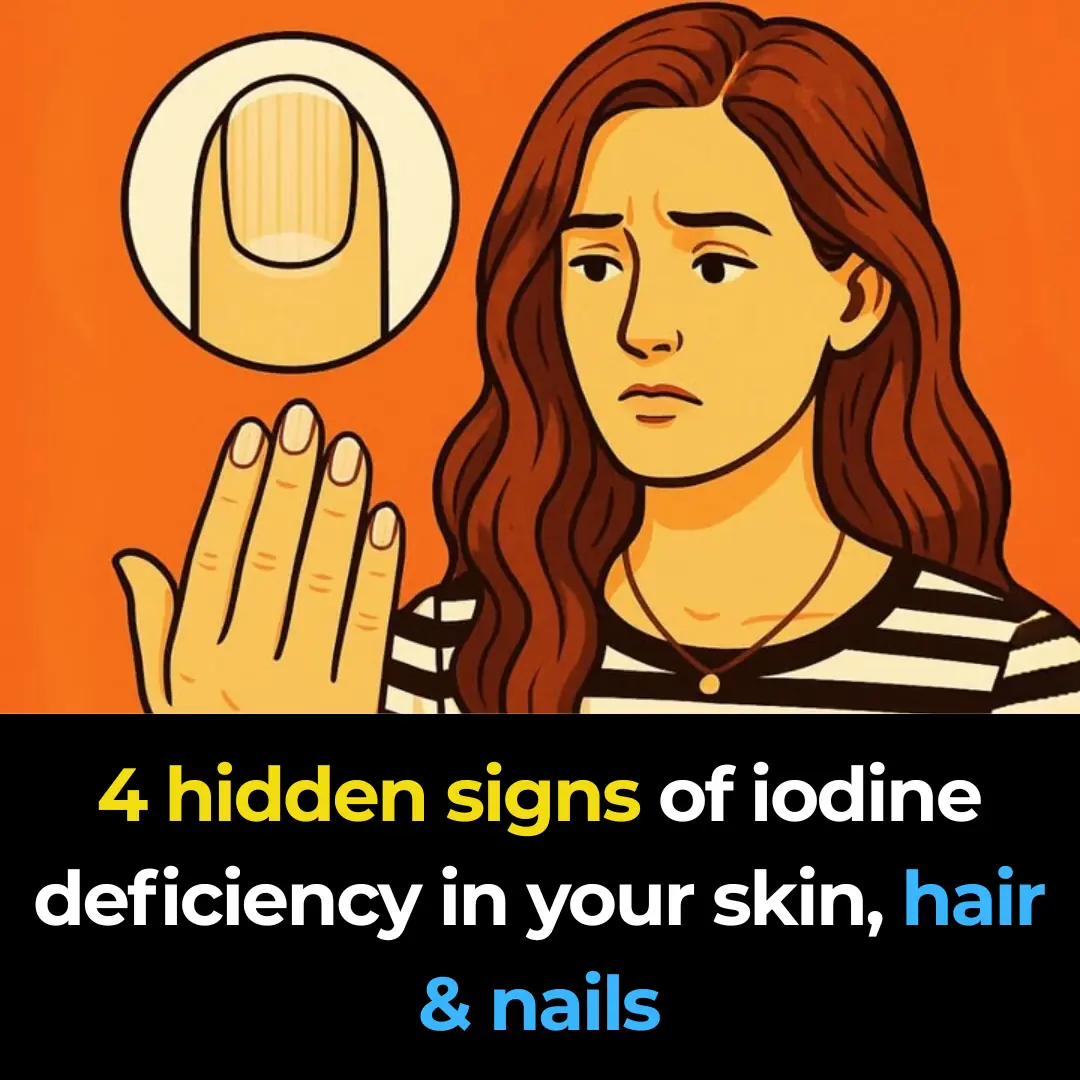
4 hidden signs of iodine deficiency in your skin, hair & nails

Here's why you should never sleep with the bedroom door open. FIND OUT MORE IN THE COMMENTS ⬇️

The Purple Maguey Plant — Benefits and Traditional Uses

How to Naturally Kill The Bacteria That Causes Bloating And Heartburn
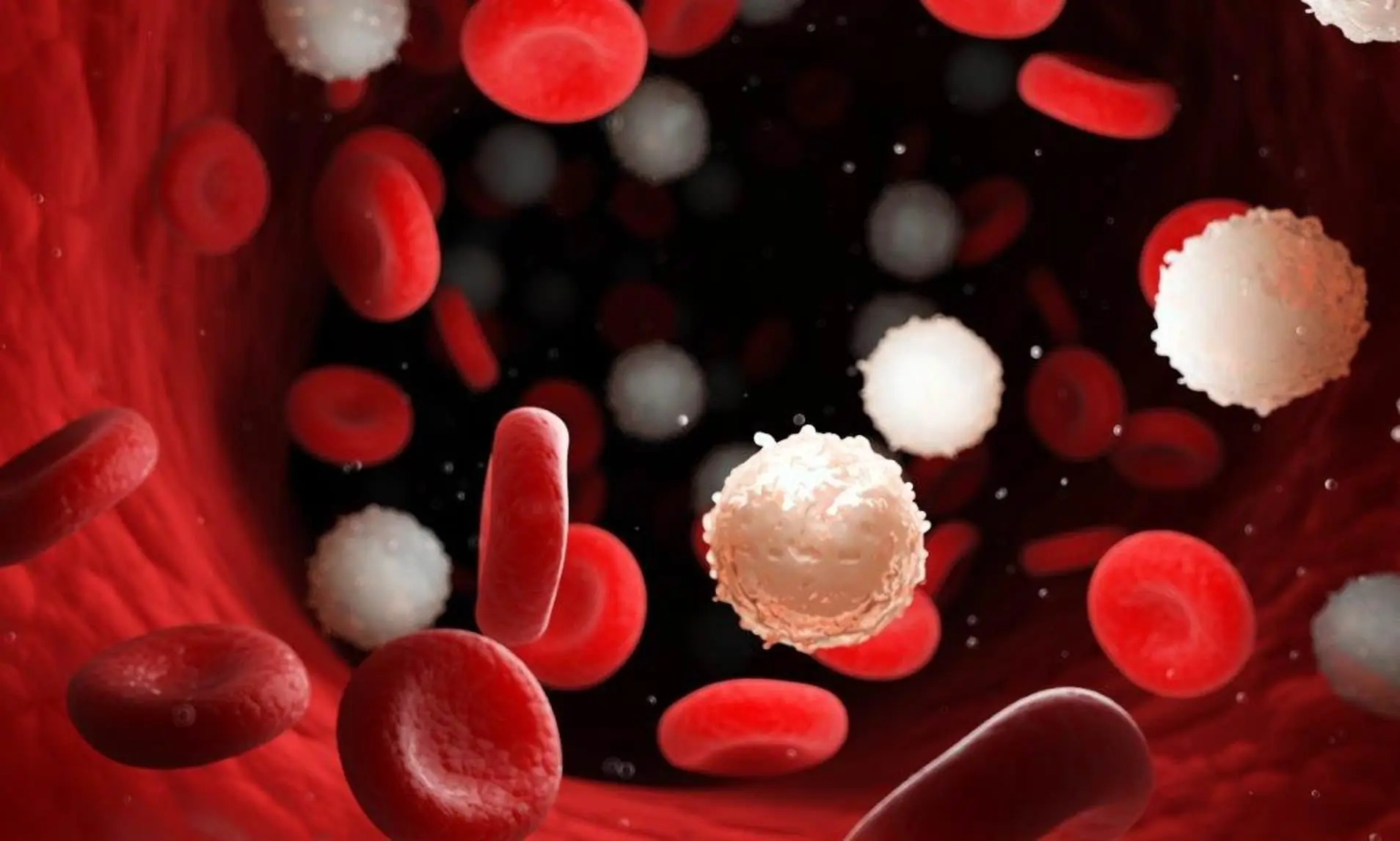
The Health Benefits of Fasting: How It Regenerates Stem Cells, Fights Cancer & Protects Your Heart

Bananas: The Common Fruit That Could Drastically Improve Your Health
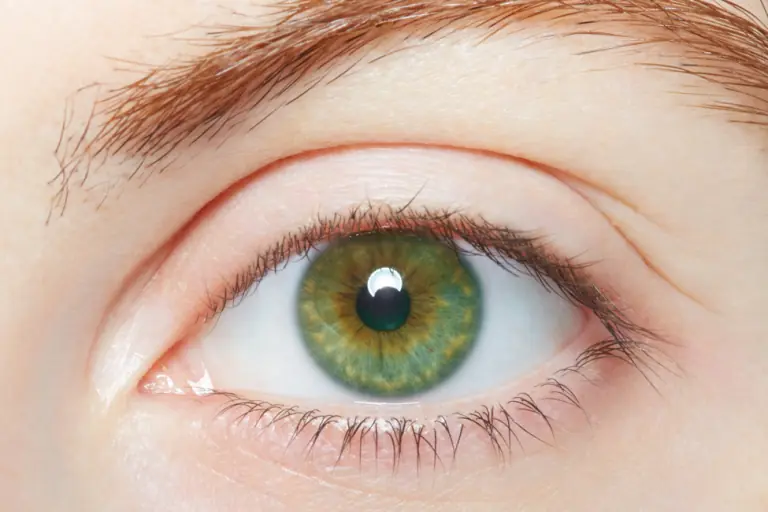
Why People with Green Eyes Are So Fascinating
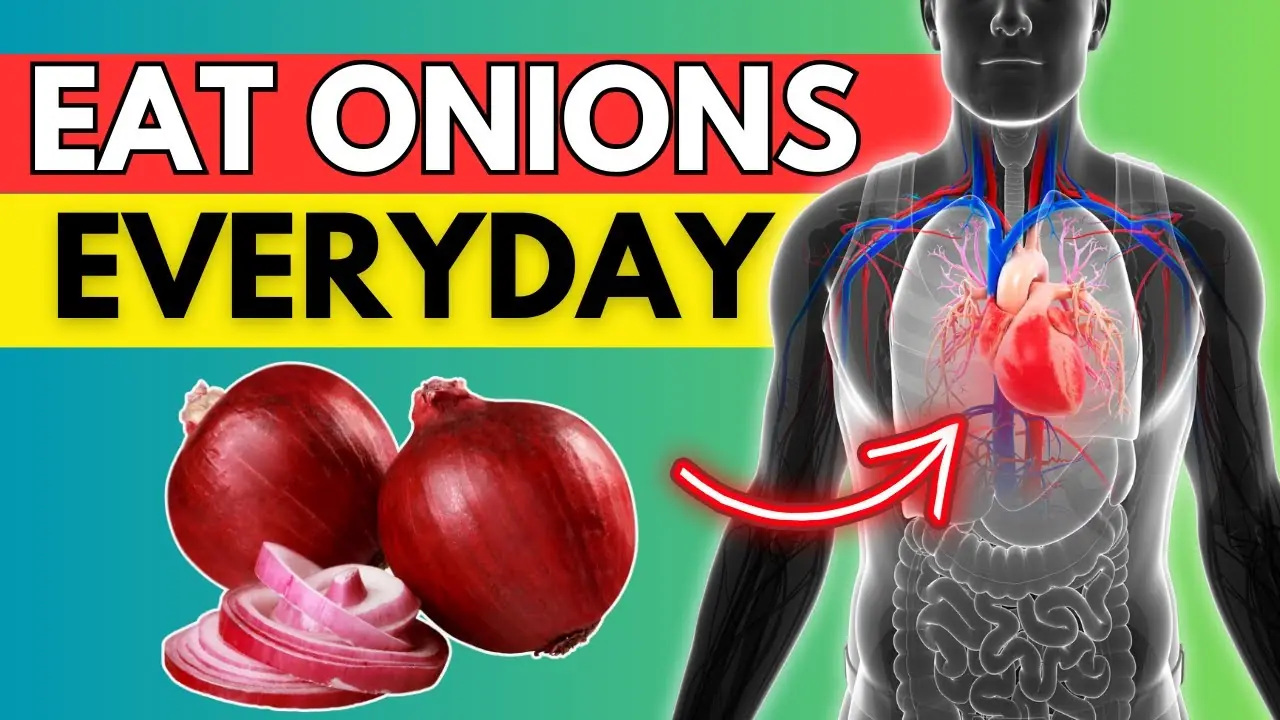
Eat Red Onions Daily and Watch This Happen

What’s the Line Between Normal and Abnormal Nighttime Urination?
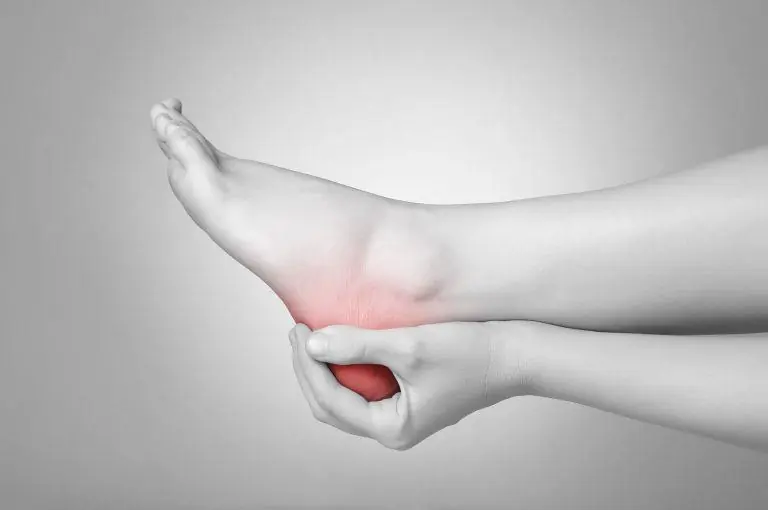
Effective Exercises to Relieve Heel Pain
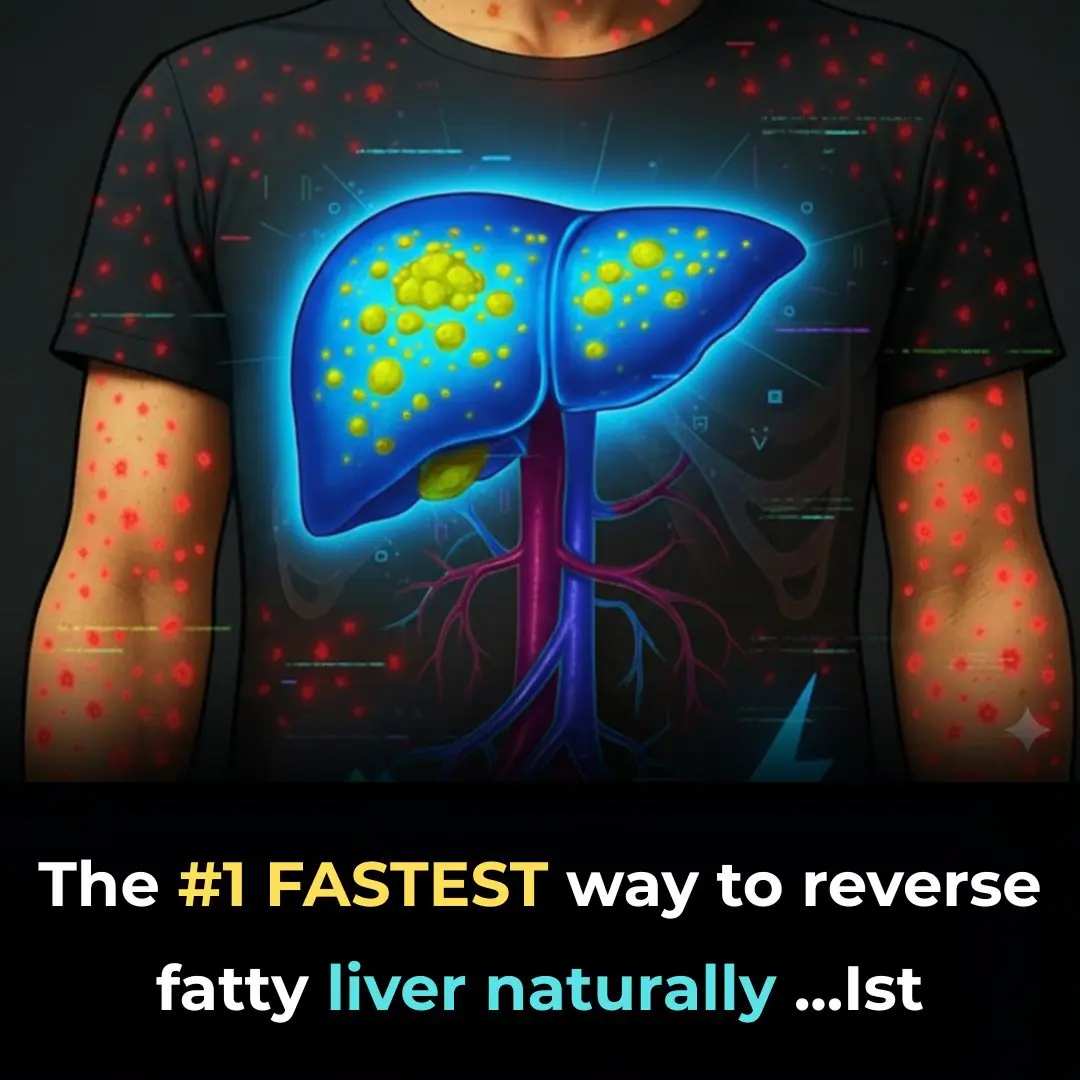
The #1 FASTEST way to reverse fatty liver naturally
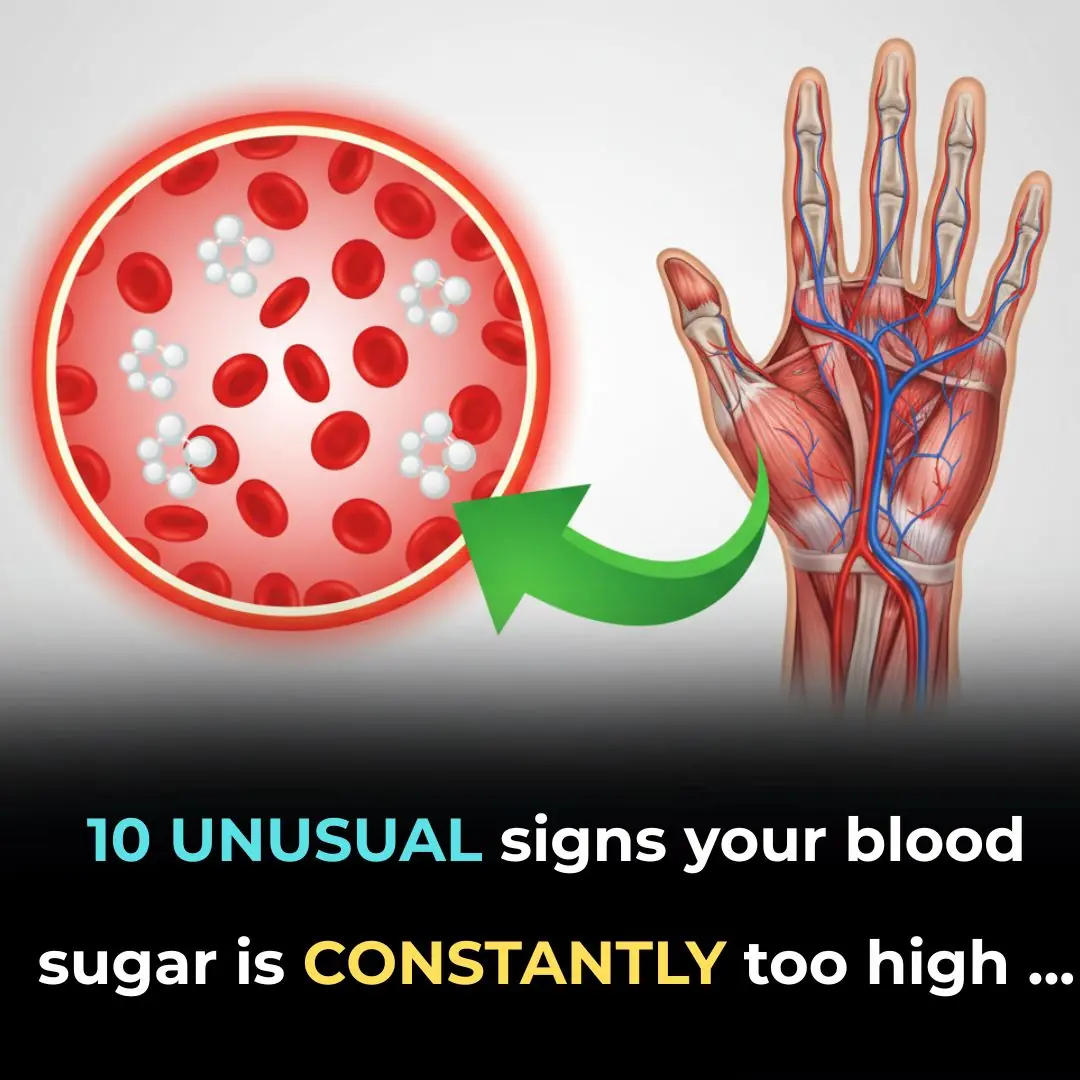
10 Unusual Signs Your Blood Sugar Is Constantly Too High

Horrifying Reality Of What Airport Security Are Able To See

Garlic, Onion & Olive Oil: The Ancient Trio That May Naturally Soothe Varicose Veins
Garlic, onion, and olive oil are humble ingredients with extraordinary benefits for circulation and vein health.
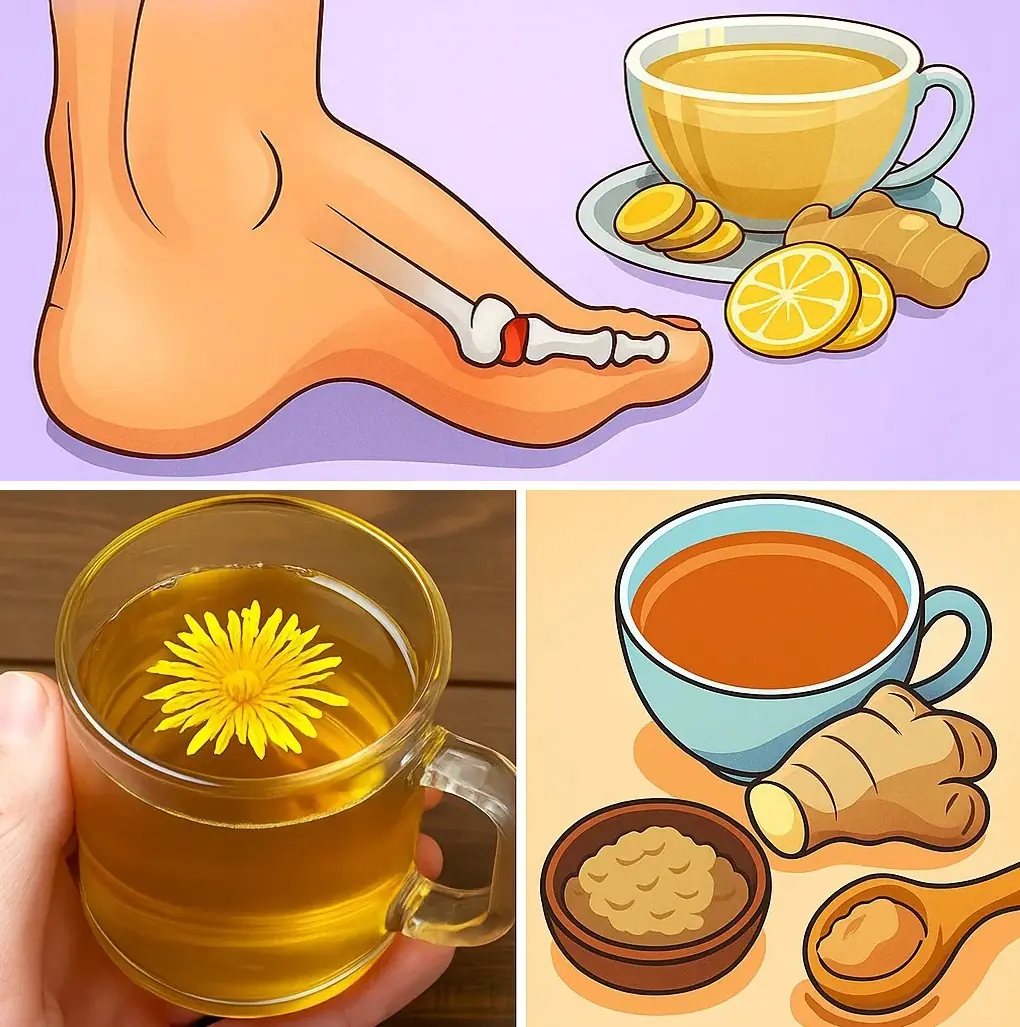
12 Powerful Herbal Teas to Naturally Lower Uric Acid and Ease Gout Pain
These teas work best alongside healthy lifestyle choices—balanced nutrition, hydration, and regular activity.

The surprising benefits of drinking apple cider vinegar before bed

Say Goodbye to Leg Cramps: 8 Vitamins Every Senior Needs for Stronger Legs
News Post

Forget 10,000 steps: Scientists prove 7000 steps gives you ‘almost identical’ life-saving benefits

The Most Effective Natural Way to Remove Gallstones

4 hidden signs of iodine deficiency in your skin, hair & nails

Objects People Were Confused About Their Purpose

Little Pocket in Women’s Underwear

What are the benefits of aloe vera? Here are 11 uses of aloe vera for health and skin

Just by looking at the spot on the crab's shell, 100% of the meat is packed to the brim, with my husband and children praising it non-stop.

These familiar fruits help improve sleep, especially number 1, which is both affordable and delicious.

Goosegrass: Health Benefits and Uses

7 Benefits of Chewing Raw Garlic on an Empty Stomach

Here's why you should never sleep with the bedroom door open. FIND OUT MORE IN THE COMMENTS ⬇️

Don’t Wash Your Wooden Cutting Board with Soap When It’s Moldy: Try This Simple Method to Make It Spotless in Just 5 Minutes

Mixing Essential Balm with Toothpaste: A Handy Tip Everyone Should Know, Both Men and Women Will Want to Follow Once They Discover It

They Call It the Blood Sugar Remover: The 100-Year Remedy That Heals Kidneys, Cleans Cholesterol, and Fights Diabetes Naturally

Top 5 Amazing Tips for getting rid of Blackheads and Whiteheads

14 Items to Throw Away Right Now

Group finds spiky creatures in nest – shocked when they realize what they are

The Purple Maguey Plant — Benefits and Traditional Uses

How to Naturally Kill The Bacteria That Causes Bloating And Heartburn
